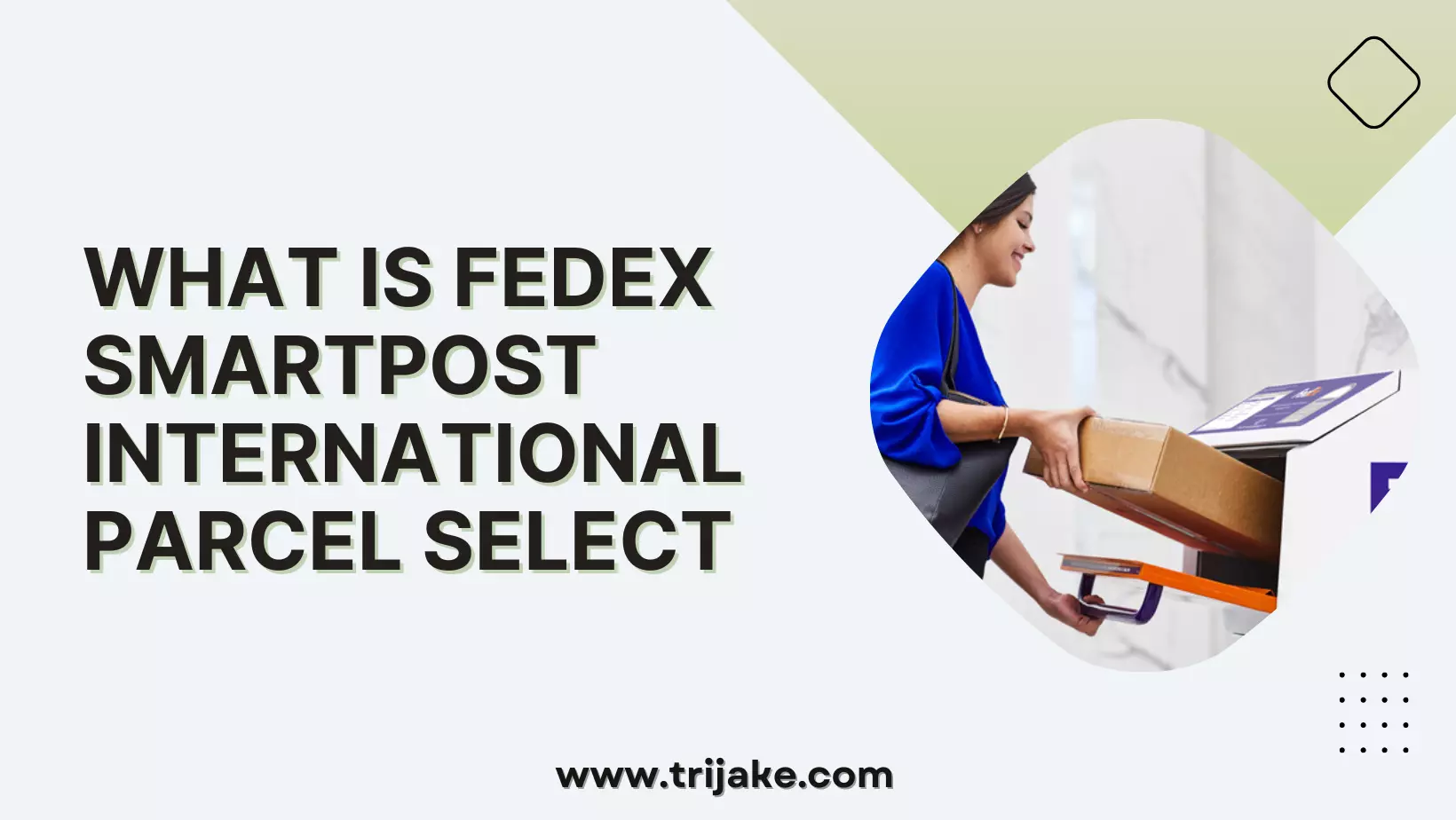What is Fedex Smartpost and How Does It Work?
What is FedEx Smartpost? Most people that are familiar with FedEx, would often ask this question. FedEx has a lot of packages and SmartPost is one of them. As you read on, we will be bringing to your understanding what FedEx SmartPost is and what it is all about.
What is FedEx SmartPost?
FedEx SmartPost was a shipping service that combined FedEx’s ground shipping network with the U.S. Postal Service.
In this unique approach, shippers would hand their packages over to FedEx as they normally would. FedEx would then handle the transportation of these shipments through its trucks, warehouses, and specialized SmartPost sorting centers.
Typically, the last part of this journey involved delivering packages from the final warehouse to customers’ homes.
However, this segment was the most costly and inefficient for FedEx at the time. Unlike FedEx, which delivered packages individually, the U.S. Postal Service already had a system in place for daily house-to-house deliveries across the entire United States.
The idea behind SmartPost was to leverage this existing USPS infrastructure. Instead of FedEx making individual deliveries to homes, they could collaborate with USPS.
FedEx would bring parcels to the nearest post office to their final destination, and usually on the following day, USPS would take care of delivering them to customers.
READ ALSO!!!
- How Long is Standard Shipping
- How Much Does a Door Dasher Make
- How Fast is Priority Mail International?
- How Late Does FedEx Deliver?
How Does FedEx SmartPost Work?
While it was in operation, FedEx SmartPost operated by using FedEx’s extensive express network for long-distance transportation, and then it handed over the parcels to USPS for the final stretch of delivery to customers’ doors.
This partnership enabled FedEx SmartPost to reach all residential addresses in the United States, including PO boxes and military residences, all while providing competitive shipping rates for businesses.
Despite the USPS handling the last mile of delivery, shippers still had access to tracking services and could rely on deliveries being available from Monday to Saturday.
The way FedEx SmartPost operated allowed the shipping company to offer cost-effective shipping prices.
However, the service was most beneficial for small, lightweight packages that didn’t require rapid delivery. Some shippers did express concerns that the service was too slow or not consistently reliable.
Why Did Fedex Transition From SmartPost to Ground Economy?
The shift from FedEx SmartPost to FedEx Ground Economy was prompted by various factors and the necessity to respond to a shifting market landscape. Here are some probable explanations for this choice:
1. Operational Efficiency
FedEx SmartPost’s combination of FedEx’s express network and USPS for last-mile delivery posed certain operational challenges.
The transition to FedEx Ground Economy aimed to simplify operations by centralizing them within FedEx’s own network and leveraging contracted drivers.
This approach enables FedEx to exert greater control over the entire shipping process, leading to enhanced efficiency.
2. Growth of E-commerce
The explosive expansion of online retail has resulted in a substantial upsurge in the number of packages delivered to homes.
This surge in Internet shopping has placed increased requirements on shipping services to efficiently manage larger volumes.
FedEx acknowledged the necessity of enhancing its operations to cater to this burgeoning demand and deliver an enhanced customer experience.
3. Cost Optimization
By centering its attention on ground transportation for the entirety of the delivery journey, FedEx can enhance route planning, make better use of its in-house delivery fleet, and potentially cut down on expenses related to third-party collaborations.
In summary, the shift from FedEx SmartPost to Ground Economy stemmed from the necessity to adjust to the evolving e-commerce environment, enhance operational effectiveness, lower costs, and enhance the shipping experience for customers.
Through the streamlining of operations and an emphasis on ground transportation, FedEx aimed to meet the changing demands of the market while ensuring efficient and dependable package delivery.
How Does FedEx Ground Economy Work?
While FedEx SmartPost relied on both FedEx’s express network and USPS for the final stage of delivery, FedEx Ground Economy now exclusively operates within FedEx’s own network, providing increased control over the entire delivery process.
FedEx Ground drivers, occasionally supplemented by third-party drivers under contract, are responsible for carrying out the last-mile delivery, delivering packages directly to recipients’ destinations.
These changes reflect FedEx’s commitment to ensuring greater dependability and swifter transit times when compared to SmartPost.
One significant shift from SmartPost to Ground Economy is the inclusion of Sunday deliveries. Ground Economy is a compelling option for businesses seeking cost-effective outbound deliveries that are lightweight and not time-sensitive.
However, the following features are not available with Ground Economy:
1. Collect on delivery
2. Money-back guarantee
3. Declared value
4. Address correction
5. Signature proof of delivery
6. Evening, appointment, or date-specific delivery
7. Hazardous materials service
8. Redirect to hold at a FedEx location
9. Delivery redirections requested by the shipper
READ ALSO!!!
- What is a Courier? Definition and Role Explained
- What Does in Transit Mean FedEx?
- Amazon Delivery Driver Salary: What to Expect
- How to Become a Medical Courier
Conclusion
The rapid expansion of online shopping and the increasing need for efficient operations and cost management have driven FedEx to streamline its activities and internalize the entire delivery process.
By eliminating the handoff to USPS and relying exclusively on its own network, FedEx aims to improve dependability, reduce delivery times, and offer customers a superior shipping experience.
While the shift from SmartPost to Ground Economy brings numerous advantages, one aspect remains consistent regardless of the parcel delivery service chosen by business owners.
Shippers must diligently examine their agreements with FedEx, negotiate favorable terms, and conduct thorough audits of their invoices to ensure accurate pricing and prevent unnecessary expenses.
